Solar Whiz Installation Tips
Avoid these mistakes when installing!
Although Solar Whiz is DIY-friendly, it is still crucially important that your units are installed carefully and properly.
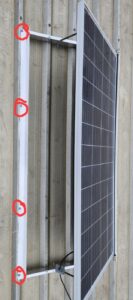
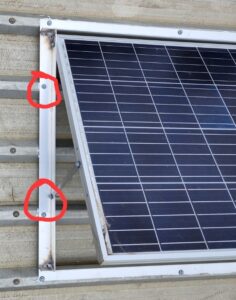
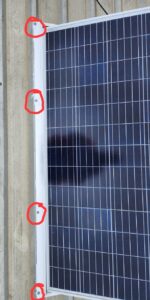
If your units and solar panels are not secured properly they are at risk of blowing off your roof and causing serious damage. Here the PV panels did not have enough bolts attached and flipped over forwards, smashing in the process. This installation was on a building located in a large open and flat plain area where there are frequently high winds. Our units have extra holes in the sides of the throats to give you extra installation flexibility and security. If you are in a windy location, please ensure you use enough bolts when mounting the PV panel onto the roof! It is much better to use more bolts than you need. The alternative could look something like this!
The domestic units come with 6 holes in the throat of the unit and the commercial units come with 8. These predrilled holes are used for securing the unit to the flashing. The PV panel frames also come with a large amount of pre-drilled holes in them and should be used to secure the panel to the roof in commercial cases or to the unit in domestic installs.
Below are a series of photos from a recent installation that was done extremely poorly. We have outlined and explained what is wrong with the install so that you can avoid making the same mistakes.
(A BAD) Commercial Installation:
While it is important to consider the inside layout of a building when installing Solar Whiz Commercial, generally, the units should be installed at equal intervals along the centre of the roof.
Here the PV panels have been installed in the centre of the roof instead of the Solar Whiz units being installed there. The units are also unevenly distributed which will negatively impact the airflow and effectiveness of the ventilation.
Better airflow would have been achieved if the units were installed down the centre of the building. The installation would also be more visually appealing and balanced.
In SOME circumstances it may be necessary to install the units in different locations. This might be because:
- The unit needs to be positioned above certan machinery (eg welding machines)
- The unit cannot be installed along the centre due to a structural barrier
- There is an internal room that needs to be ventilated and it does not allign with the roof centre
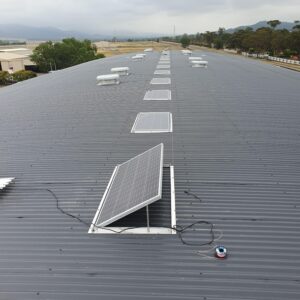
(A BAD) Domestic Installation:
In residential/domestic installations, the Solar Whiz unit must be installed along the roof line. This is so that the unit flashing can be positions underneath the ridge line and prevent leakage.
There are very few circumstances where Solar Whiz Domestic units are installed in different locations.
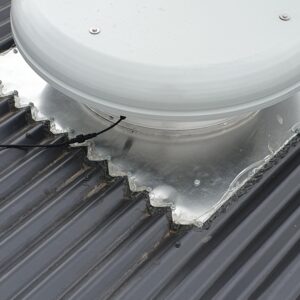
However, overflashings and/or soaker trays are important in ensuring that the installation is water-tight and won’t leak.
This should not be done as it prevents any water that does get under the unit from running out. For this reason, Solar Whiz units should only be siliconed at the top and the sides.
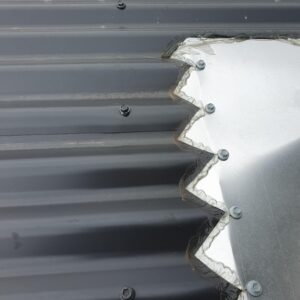
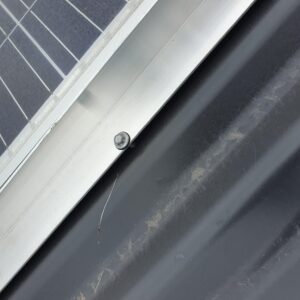
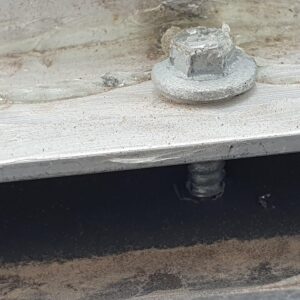
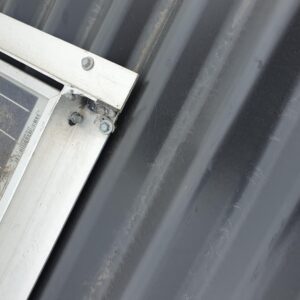
In this case, the PV panels have been secured into the vallery of the roof corrugations. This causes a severe risk of leakage and is far less secure.